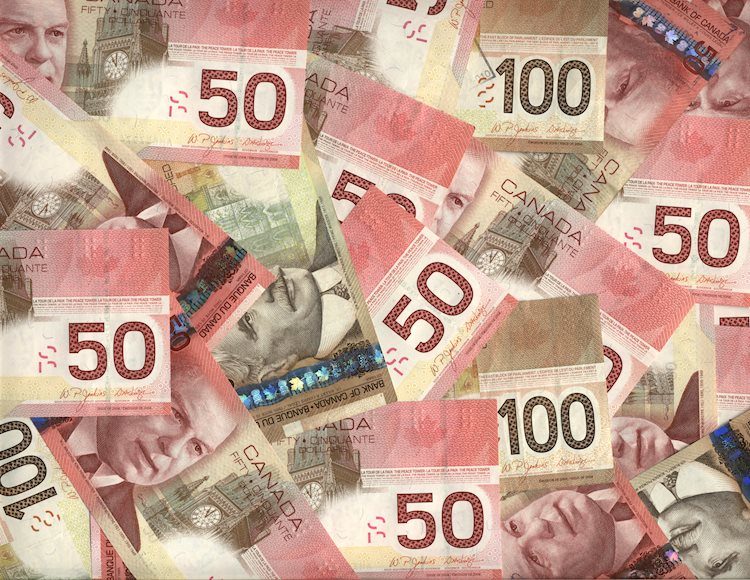The Canadian Dollar (CAD) has been struggling against the US Dollar, hitting a 25-month low recently due to a lack of meaningful Canadian data and a surging Greenback. With Canada having minimal economic activity on the calendar for this week and next, the Loonie traders are being impacted as the USD gains strength. The USD/CAD pair has reached multi-year highs, approaching 1.4000, making it challenging for the CAD to regain its strength.
As the economic calendar remains quiet on the Canadian side, Loonie traders are being sidelined while the Greenback flows dominate the market. The upcoming Canadian Consumer Price Index (CPI) inflation figures may provide some insight for the CAD, but they are not expected until Tuesday. With the CAD losing value against the US Dollar, the market focus is shifting towards the American CPI inflation update scheduled for Wednesday, which could affect the Federal Reserve’s decision regarding interest rates.
The Canadian Dollar is anticipated to weaken further against the US Dollar on Tuesday due to the lack of CAD-centric economic calendar activities this week. The US economic calendar is also relatively quiet on Tuesday, but investors are gearing up for Wednesday’s CPI inflation update, with expectations for a rise in both headline and core CPI. If US consumer-level inflation increases, it could impact market confidence in the possibility of a final rate cut from the Federal Reserve in 2024.
The Canadian Dollar is forecasted to continue losing ground against the US Dollar this week, with the USD/CAD pair nearing a multi-year high. Although there has been some consolidation in price action near 1.3950, short interest may push the pair towards a new low back around the 200-day Exponential Moving Average (EMA) at 1.3660. Factors such as interest rates, Oil prices, economic health, inflation, and trade balance influence the Canadian Dollar, with market sentiment and the US economy playing significant roles.
The Bank of Canada (BoC) plays a crucial role in influencing the Canadian Dollar by setting interest rates to maintain inflation levels. Higher interest rates are generally positive for the CAD. The price of Oil also impacts the CAD due to Canada’s reliance on petroleum exports. Inflation, usually seen negatively for a currency, can attract capital inflows due to higher interest rates, boosting the CAD. Macroeconomic data releases, including GDP, PMIs, and employment reports, can influence the CAD’s direction, with a strong economy supporting the currency. Conversely, weak economic data may lead to a decline in the CAD.











